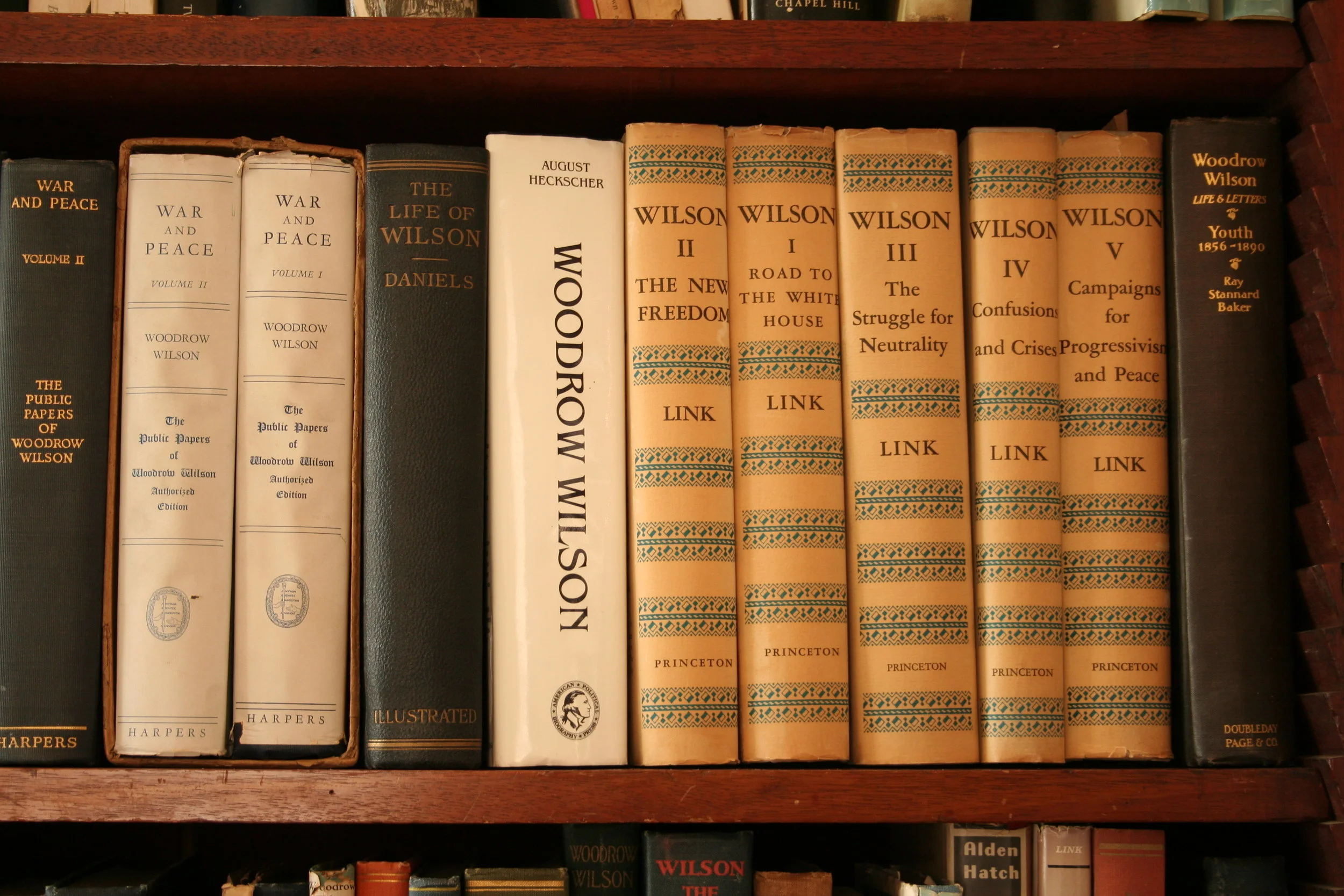Red Summer of ‘19
/While Woodrow Wilson was off in Paris, working on the peace negotiations with other world leaders, troubles brewed at home. The high cost of living became a common complaint over the course of 1919 as the economy felt the disruptions of war and then sudden peace. This is in the midst of the uproar over the mail bomb plot that was discussed in an earlier post.
Read More












